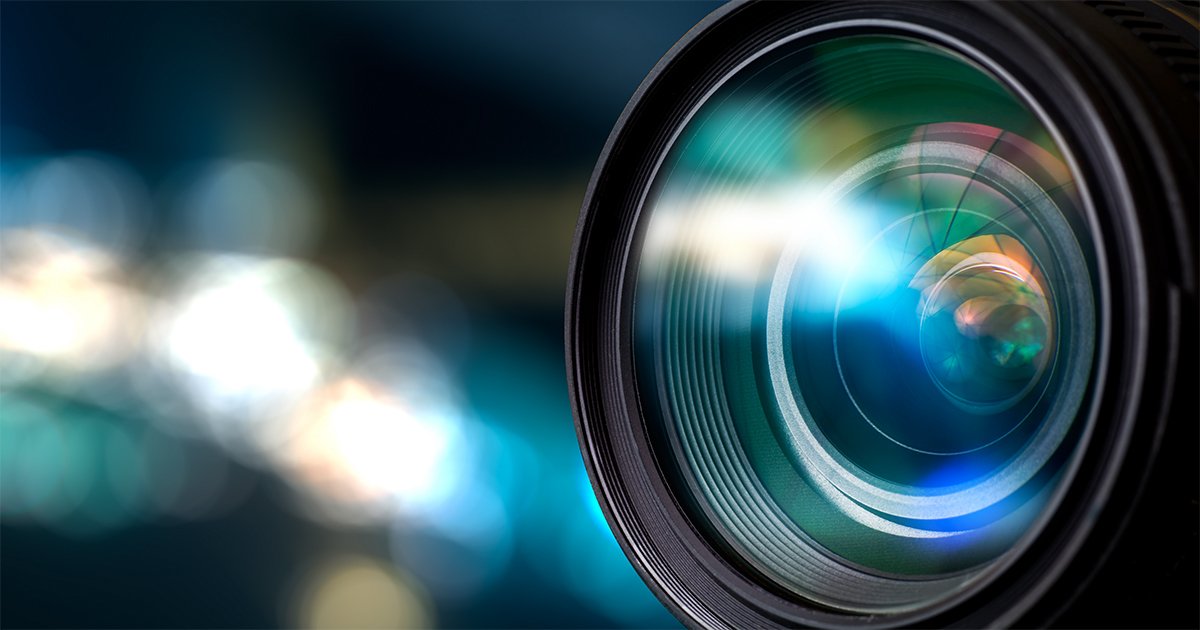“Most of our perception of the world is logarithmic rather than linear. According to Fechner’s Law, our perception of brightness is Log rather than Lin and most of us who work with lights, lenses or lift, gamma and gain have at least an intuitive understanding of this in practice. On set, a full stop of exposure change in the lighting is much more subtle to the human eye than it is to the camera unless we are monitoring an uncorrected LOG image (without a LUT). This is why it takes many years of practice to be able to recognize with the naked eye, the kinds of differences in light level that are significant to the image sensor or film stock. The late, great Conrad Hall ASC was famous for having mastered this to an extent that few others have managed.”
Source: Ben Allan ACS CSI, Newsshooter
AT A GLANCE:
While the difference between 2K and 4K isn’t as dramatic as the jump from SD to HD, it’s still perceivable by the average viewer. Writing in Newsshooter, Ben Allan ACS CSI argues that human perception of image resolution doesn’t run in a straight line, but instead extends logarithmically. That means that while viewers might intuitively expect 4K to look twice as sharp as 2K, that isn’t necessarily the case. Instead of a dramatic jump, our eyes adjust to increased visual data in a gradual series of plateaus that can best be illustrated with a logarithmic scale, and cinematographers who want to understand how resolution increases are perceived by audiences will be well-served by following the same approach.
Head over to Newsshooter to read the full story.


